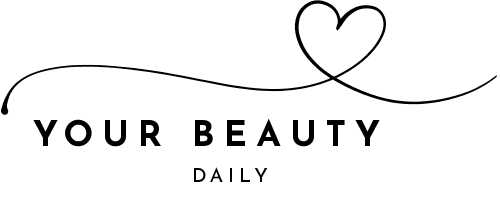
All you need to know about hybrid resumes
A hybrid resume is a non-traditional resume structure that works well for a wide range of job searchers since it emphasizes both your transferable talents and your work experience chronologically. Please continue reading to learn what a hybrid resumes is why to choose one, how to make it, its benefits and pitfalls!
What exactly is a hybrid resume?
The hybrid resume, often known as a combination resume, is chronological and functional.
It starts with the job seeker's talents and accomplishments (much like a functional resume), then moves on to work experience (the focus of a chronological resume format). While the chronological resume style may seem to some current job seekers to be a little too archaic, hiring managers often do not favour the functional resume format. You can find out more here.
When Use a Hybrid Resume?
Hybrid resumes enable job searchers to explain gaps in work while also highlighting relevant talents from several sectors. Here are some reasons why someone would choose to adopt this resume format in their job hunt.
Period of unemployment: If you have gaps in your career history, a hybrid resume may be the best option for explaining them. This might help a potential employer get a positive initial impression of your job history.
A functional or chronological resume isn't enough: Functional resumes may exclude information about your job experience, while reverse-chronological resumes may not go into enough depth about your abilities. In this scenario, a hybrid format may be a better option.
Just starting in your career or returning to work: A combo resume format is best for new job searchers, fresh graduates, or persons looking for a career transition. Instead of emphasizing your work experience, a hybrid CV enables you to highlight your key skill sets.
How to create a Hybrid Resume?
You may utilize a hybrid CV to bring more attention to your talents to work in a particular field but not necessarily the experience. The following is guidance for resume writers who want to develop a hybrid resume:
- Demonstrate both your soft and hard talents: Begin your resume by listing the primary abilities you trust will make you an asset to the industry in which you are looking for work. Break down these abilities into bullet points so that the individual examining your CV understands what skills you have to offer. Mention any extra abilities that may help to round out this area.
- Make a list of your previous jobs: In your work experience area, start with the most recent job title you had and work your way back in reverse chronological order. List a few key points about each of your employment, including any notable milestones or achievements, as well as a short work description.
- Include a section on education: List your most significant level of schooling under your job history, including the period you attended and the degree you got. Include any notable accomplishments or awards you obtained during your time at school.
Advantages of using a hybrid resume structure
A hybrid CV enables job seekers to emphasize relevant talents while expanding their employment experience. It mixes the chronological and functional resume forms to assist applicants in showing themselves as well-rounded and experienced.
- Emphasizes abilities and achievements.
- Removes the burden of job history/gaps. (but does not conceal them)
- The top-loaded method presents the most critical information to hiring managers first.
- Both conventional and non-traditional recruiting managers like the impartial structure.
- The functional resume template focuses on abilities, but hiring managers dislike it since it tends to leave out job history and gaps in employment, making the candidate seem untrustworthy. Employment gaps occur, and most recruiting managers are aware of this. The hybrid format helps to fill in the gaps without completely concealing them.
Pitfalls to Avoid When Creating a Combination Resume
While hybrid resumes are becoming more common, this does not imply that they are "perfect." There are a few situations when you should avoid using the hybrid format.
- Doesn't Give You Any Context: You're picking out and displaying your primary abilities when using a combo resume. When those top abilities aren't related to a particular position, though, some recruiters may overlook your CV since they want to know where you learned each one.
- Possible to become bored: On a chronological resume, each job title is listed first, followed by all work tasks and achievements. You mention your talents and achievements under a "skills" heading on a functional resume and don't link them to a particular job.
- Edit yourself often and thoroughly: Make sure you don't use the phrase "team player" in your talents sections, professional profile, or work responsibilities. Mix up the terminology and ensure each area has its own set of things.
Wrapping It Up!
Although the combined CV makes an excellent first impression, it is not for everyone. It should ideally be employed by individuals who wish to emphasize their talents, traits, and the amount of value their capabilities provide. Sticking to a chronological resume structure makes more sense if you want recruiters to pay attention to your employment experiences. So, when are you designing your hybrid resume?

















